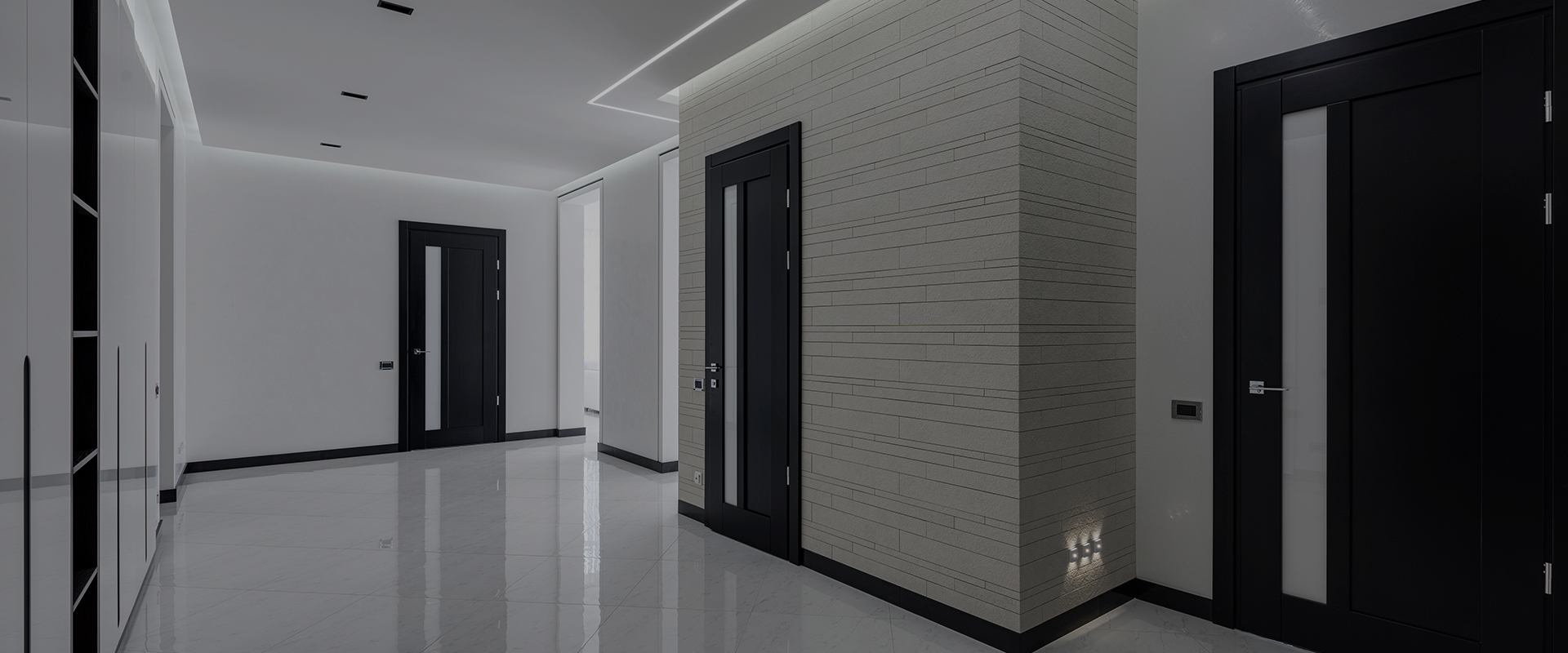
Insight to aid rental housing providers and their residents as they adjust to life in a new normal, as well as prepare for future challenges.
The pandemic has caused an unexpected, long disruption in how developers and property managers plan and operate rental housing communities, both in terms of individual apartments and shared spaces.
The changes are wide-ranging: How prospective residents tour communities, the use of amenities based on COVID-19 social distancing protocols and how outdoor space is prioritized in future projects still on the drawing board. The apartment industry has traditionally been viewed as slow to change, says Al Lord, Founder and CEO of Summit, N.J.-based Lexerd Capital Management, a real estate firm that sponsors investments in multifamily assets. As a result, being able to quickly adapt has become more essential. “During this pandemic, we saw collaboration among competitors and an industry come together to address the needs of not only our owners and investors but especially the general public,” he says.
The following are lessons they learned that will aid housing providers and their residents as they cope while life returns to “normal,” as well as prepare for the future should another pandemic or similar crisis emerge.
Technology tools help curtail in-person contact for safety. Establishing a good connection with a prospective resident has long been a goal of leasing staff, whether it’s to discuss terms or sign paperwork. Even before the pandemic, more steps were handled virtually as technology improved and schedules got busier. Michelle O’Brien, Regional Vice President of Charlotte, N.C.-based RKW Residential, expects these virtual practices to continue as the pandemic winds down.
Some companies have developed a self-guided tour that allows a prospective resident to experience a site in person but unaccompanied. David Lynd’s San Antonio, Texas, firm, The Lynd Company, which develops, acquires and manages apartments, pivoted completely to its “Lynd Timeless Tours,” which allow potential residents to visit a property, use a QR code to enter and walk through a model while listening to an audio tour. Leases are handled virtually. “Even before the pandemic, we were moving to a contactless sales process,” says CEO Lynd. “Now, 30% of leases happen that way.”




